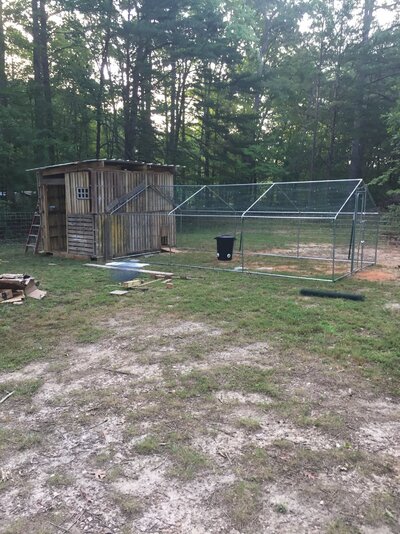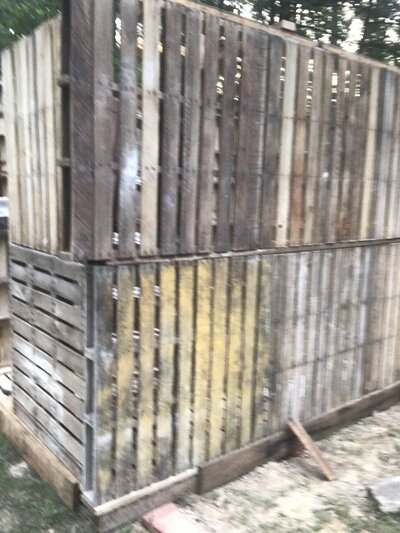So the the subject line for this is confusing but here is what we have going on.
Right now we have four chickens Leghorns and a RRR roo with 17 all female chicks coming in the spring. We have 7 Buff Orpingtons, 7 Buff Cochins and a Turkin which I'm super excited for. We got chose these breeds due to them being known as broody hens. My plan is to hopefully get all these chicks to growing age have them hatch chicks then separate the roosters from the hens. And basically eat the roosters and some hens to keep our number to a viable flock for our set up. I plan to hopefully keep a rooster if he is a lot nicer than Henry the Terrible we have now. I used to free range my birds but we have lost a rooster hank and two of the RRR hens we had. IF anyone has any tips or advice on a cycle or rotation like this it would be greatly appreciate. I am currently looking into how long each of these breeds lays for so that I can start tracking and planning.
Right now we have four chickens Leghorns and a RRR roo with 17 all female chicks coming in the spring. We have 7 Buff Orpingtons, 7 Buff Cochins and a Turkin which I'm super excited for. We got chose these breeds due to them being known as broody hens. My plan is to hopefully get all these chicks to growing age have them hatch chicks then separate the roosters from the hens. And basically eat the roosters and some hens to keep our number to a viable flock for our set up. I plan to hopefully keep a rooster if he is a lot nicer than Henry the Terrible we have now. I used to free range my birds but we have lost a rooster hank and two of the RRR hens we had. IF anyone has any tips or advice on a cycle or rotation like this it would be greatly appreciate. I am currently looking into how long each of these breeds lays for so that I can start tracking and planning.









